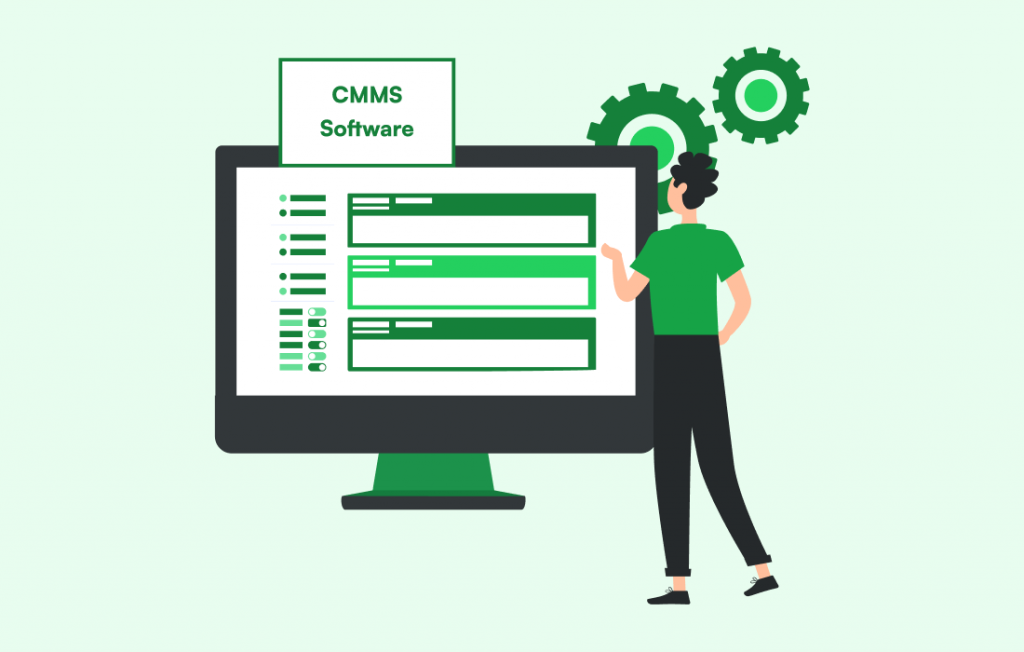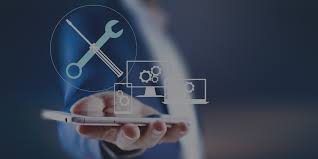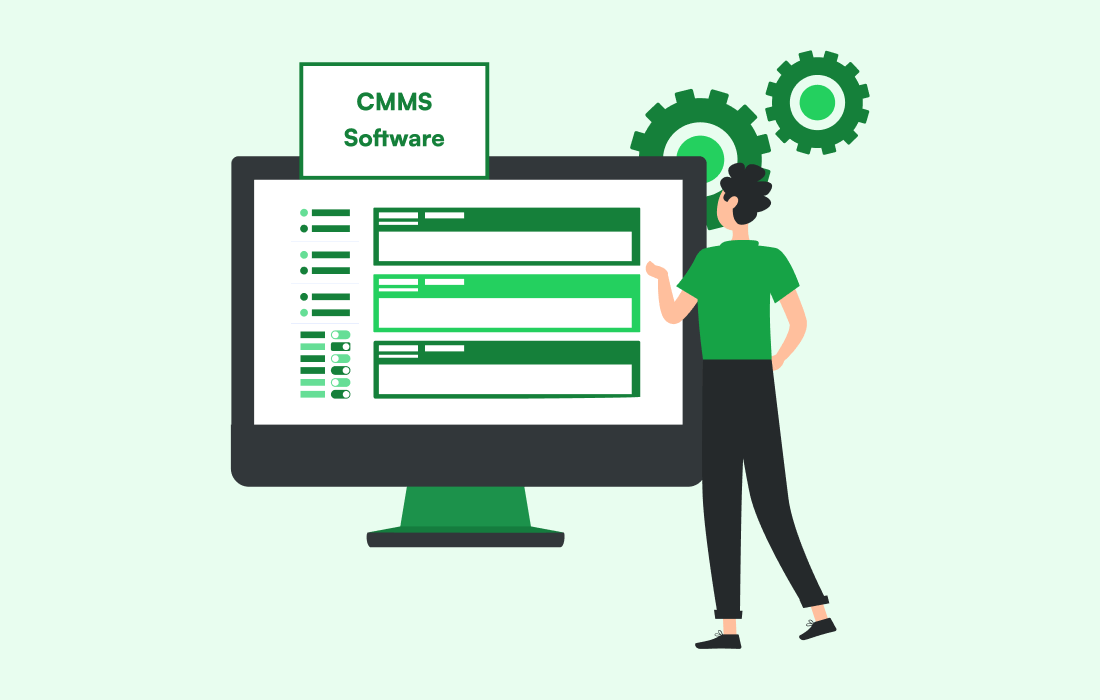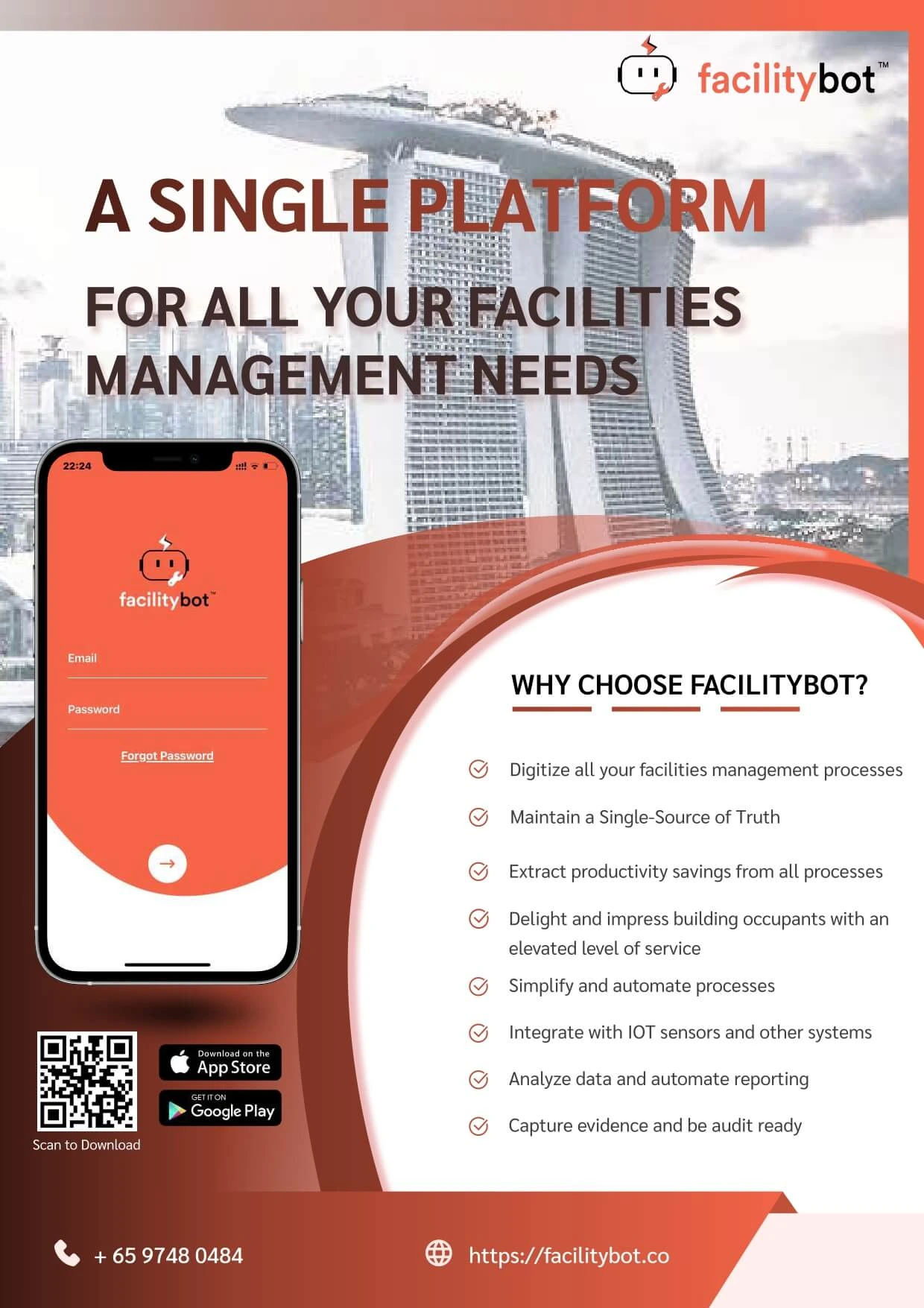A Computerized Maintenance Management System (CMMS) is a software solution used by maintenance and facility teams to plan, track, schedule, and manage maintenance operations. Whether you operate a small facility or a global multi-site enterprise, a CMMS helps streamline work order management, improve asset reliability, and reduce downtime by providing a centralized, real-time source of truth for all maintenance data.
Today, CMMS platforms have evolved significantly. Modern solutions are mobile-responsive, cloud-based, AI-enabled, and integrated with IoT devices, helping organizations gain visibility, automate tasks, and operate with far higher efficiency than manual or paper-based methods. With the rising complexity of facilities and equipment, CMMS software has become one of the most essential digital tools for effective maintenance management.
What Does a CMMS Do?
A CMMS helps maintenance teams automate, organize, and optimize day-to-day operations. At its core, a CMMS does the following:
1. Manages Work Orders
A CMMS enables teams to create, prioritize, assign, schedule, and track work orders in real time. Technicians can update work order details from the field, upload photos, review asset manuals, and close tasks instantly.
2. Schedules Preventive & Predictive Maintenance
CMMS platforms allow users to set time-based, meter-based, usage-based, or condition-based maintenance triggers. This reduces reactive maintenance and improves asset uptime.
3. Tracks and Manages Assets
From purchase history to service records, performance data, meter readings, and warranties—the CMMS keeps every asset’s lifecycle information in one location.
4. Manages MRO Inventory
A CMMS helps track spare parts, automate reordering, manage vendors, and ensure the right materials are available for every job.
5. Improves Compliance and Audit Readiness
Modern CMMS software keeps complete audit trails, safety documentation, training records, and maintenance logs—making compliance effortless.
6. Provides Analytics and Reporting
With built-in dashboards and customizable reports, maintenance leaders can track KPIs such as asset downtime, MTTR, MTBF, inventory costs, and technician performance.
In short, a CMMS streamlines maintenance workflows, increases operational efficiency, and empowers businesses to take a proactive rather than reactive approach to asset management.
Definition of a CMMS Software
A Computerized Maintenance Management System is software that centralizes and automates all aspects of maintenance operations, including work order tracking, asset management, preventive maintenance, inventory control, and reporting.

It provides:
- A single repository for maintenance data
- A unified view of work orders, asset history, and parts usage
- Real-time visibility across all sites
- Automation for alerts, workflows, and schedules
- Tools for compliance, audits, and safety management
Modern CMMS solutions like Maintenance Connection provide cloud-based access, mobile apps for field technicians, AI-powered maintenance insights, and integration with ERP systems, IoT sensors, BMS systems, and more.
What Are Two Types of CMMS?
The two broad categories of CMMS solutions are:
1. On-Premise CMMS
- Installed locally on the organization’s servers
- Controlled by internal IT
- Higher upfront investment
- Ideal for industries requiring complete on-site control (e.g., government, defense)
2. Cloud-Based CMMS (SaaS)
- Hosted in the cloud and accessed through a browser or mobile app
- Automatic updates, higher scalability, lower cost
- Easy to deploy across multiple sites
- Ideal for most modern businesses
Today, most organizations prefer cloud-based CMMS due to mobility, security, scalability, and ease of integration.
Key Features of Modern CMMS Software
1. Mobile-Responsive Interface
Technicians can access work orders, update tasks, and retrieve documentation from any device, anywhere—improving productivity and response time.

2. Easy Integration
A strong CMMS integrates seamlessly with ERP systems, IoT devices, HR systems, BMS solutions, and procurement tools for real-time data flow.
3. Intuitive User Experience
User adoption is a major success factor. A clean, simple interface makes it easier for technicians and managers to engage with the system daily.
4. Strong Security
Top-tier CMMS platforms offer secure cloud infrastructure, single sign-on, role-based access control, and secure data storage.
5. Automated Maintenance Triggers
Condition-based and sensor-driven automation helps organizations shift from reactive to predictive maintenance.
6. Full Work Order Visibility
A CMMS gives complete visibility into work order status, maintenance history, part usage, technician assignments, and more.
7. Reporting & Analytics
Leaders can analyze data to improve KPIs, reduce downtime, and optimize asset performance.
8. Vendor & Contract Management
Some systems include tools for managing suppliers, contractors, and service agreements all in one place.
9. Audit Trails & Compliance Records
CMMS software automatically logs all actions to help organizations stay compliant with regulatory requirements.
Benefits of CMMS Software
1. Reduced Downtime
Better scheduling and real-time alerts improve asset reliability and eliminate costly emergency repairs.
2. Increased Operational Efficiency
Maintenance teams work faster and more accurately with mobile access, automated workflows, clear priorities, and instant updates.
3. Lower Maintenance Costs
Automation, asset visibility, and improved planning reduce overtime, emergency repairs, and spare part wastage.
4. Better Inventory Accuracy
A CMMS tracks spare parts usage, stock levels, reorder points, and vendor performance to eliminate shortages or overstocking.
5. Improved Team Management
Features like barcode tracking, mobile apps, and work order assignment tools streamline technician workflows.
6. Consolidated Maintenance Data
Managers can instantly access historical and real-time data for any asset, location, or task.
7. Stronger Safety and Compliance
CMMS platforms centralize safety procedures, track employee certifications, and maintain complete audit logs.
8. Higher Asset Reliability
With preventive and predictive maintenance built into daily operations, equipment lasts longer and performs more reliably.
Is CMMS Difficult to Learn?
Most modern CMMS systems are designed with user-friendly interfaces, mobile responsiveness, and intuitive dashboards. Adoption largely depends on:
- Quality of training
- Vendor support
- Mobile usability
- Clear internal processes
While older systems could be complex, today’s cloud-based CMMS platforms are simple enough for technicians, facility managers, and supervisors to learn within days. With strong vendor onboarding—like that offered by Maintenance Connection—learning a CMMS is not difficult.
Is CMMS an ERP System?
No, a CMMS is not an ERP system.
However, the two can integrate to create a seamless flow of financial, purchasing, inventory, and maintenance data.
CMMS focuses on:
- Maintenance operations
- Asset management
- Work orders
- Preventive and predictive maintenance
- Inventory of spare parts
ERP focuses on:
- Finance
- Procurement
- HR
- Accounting
- Enterprise-wide resource planning
While different in purpose, their integration enhances visibility and ensures maintenance data informs financial decision-making.
How to Maximize ROI from Your CMMS
Many organizations fail to achieve ROI because they:
- Choose an unsuitable CMMS
- Rely heavily on reactive maintenance
- Fail to train their teams
- Do not use mobile features
- Lack standard processes
To maximize ROI:
- Choose a CMMS that matches your maintenance workflows
- Use preventive and predictive maintenance correctly
- Integrate with ERP, IoT, and BMS systems
- Automate recurring tasks
- Standardize work order processes
- Use analytics to optimize performance
With the right implementation, companies often see:
- Reduced downtime
- Lower maintenance costs
- Better asset performance
- Higher technician productivity
Leading CMMS platforms have high success rates when implemented with expert vendor support.
Conclusion: Why CMMS Software Is Essential Today
CMMS software is no longer optional—it’s the backbone of modern maintenance management. With capabilities spanning work order management, asset tracking, preventive maintenance, inventory control, and compliance, a CMMS brings visibility, automation, and intelligence to maintenance operations.
Why FacilityBot Is an Ideal CMMS Alternative for Modern Facility Teams
While traditional CMMS platforms focus heavily on maintenance workflows, FacilityBot takes a modern, user-first approach designed for today’s mobile, fast-paced facility operations. Instead of relying on complicated interfaces or outdated ticket systems, FacilityBot enables tenants, technicians, and facility teams to communicate effortlessly through popular messaging apps like WhatsApp, Telegram, Facebook Messenger, SMS, email, and more. This makes it dramatically easier to capture maintenance requests, assign work orders, track progress, and ensure instant visibility across sites. With built-in features for preventive maintenance, asset tracking, contractor coordination, IoT integration, and automated alerts, FacilityBot delivers many CMMS capabilities in a far simpler, more intuitive package. For organizations looking for a maintenance solution that combines powerful workflow automation with unmatched ease of use, FacilityBot offers a modern, scalable alternative to traditional CMMS software.




